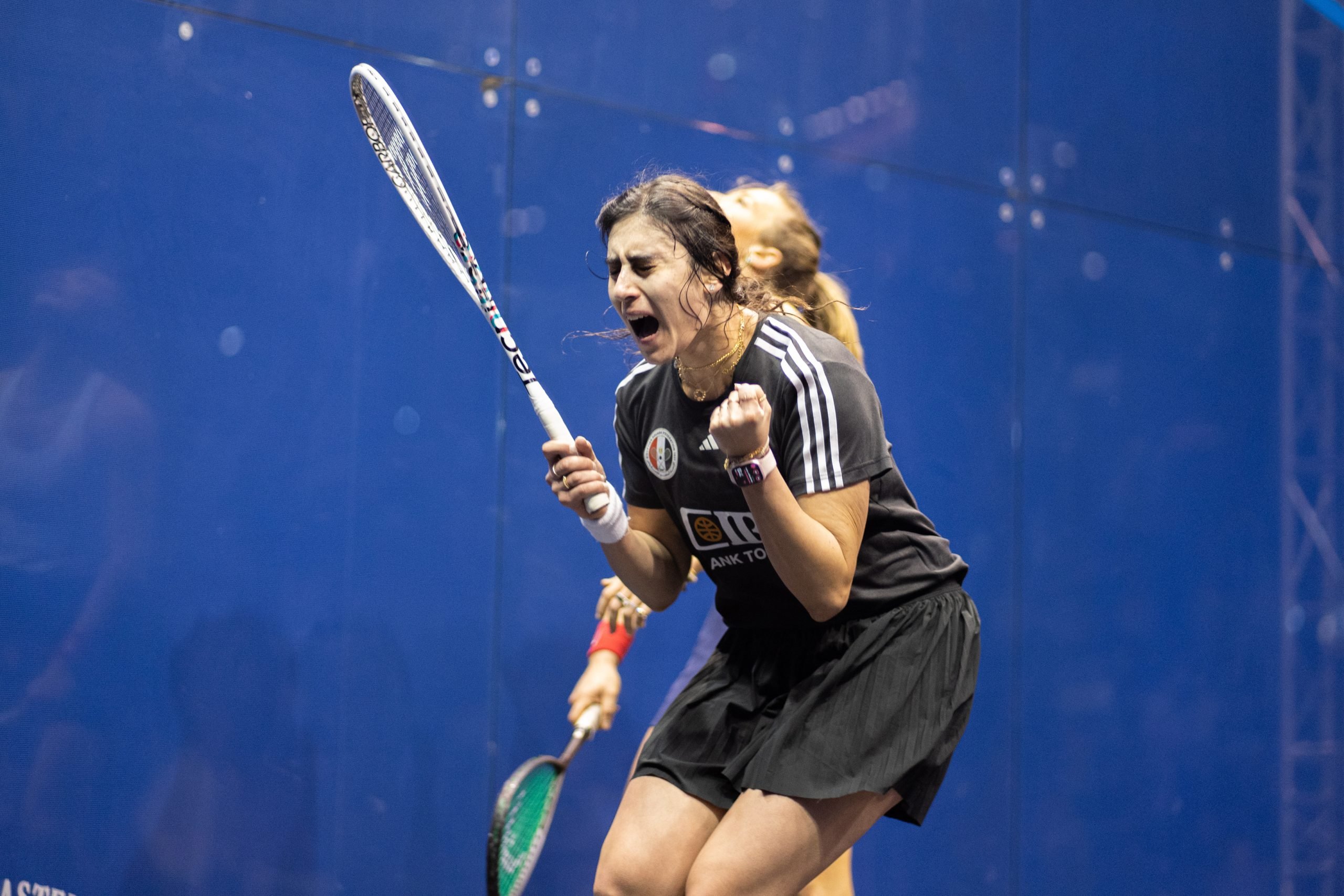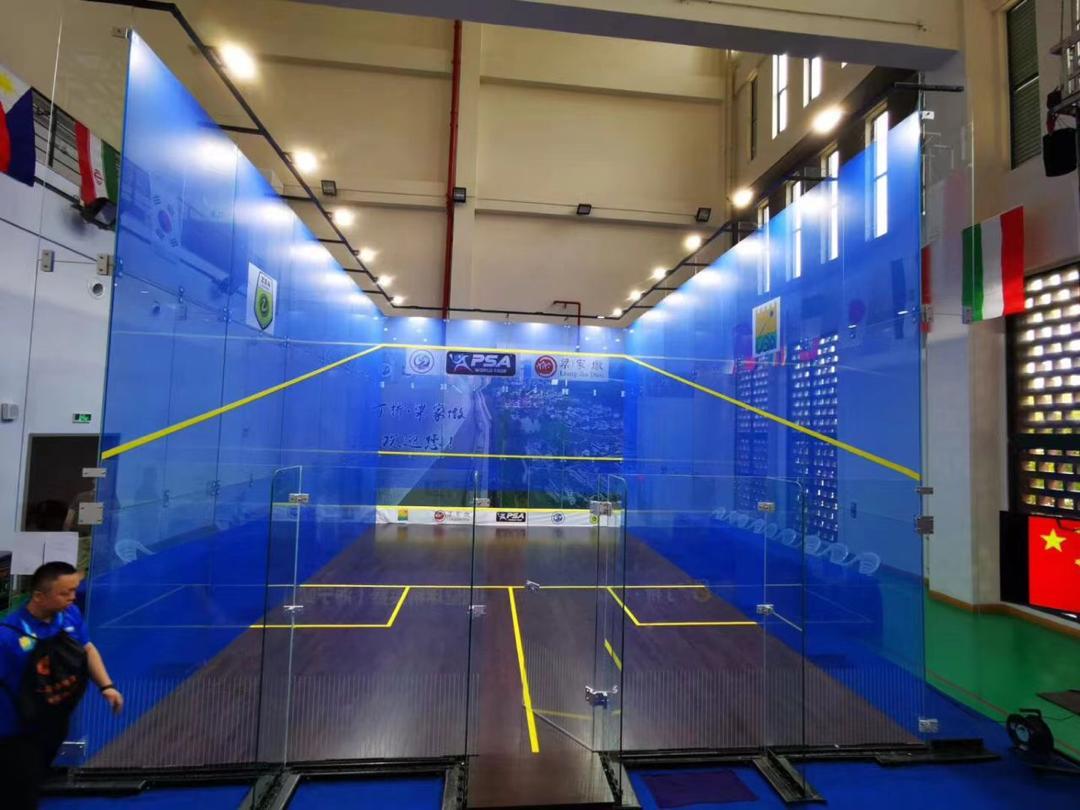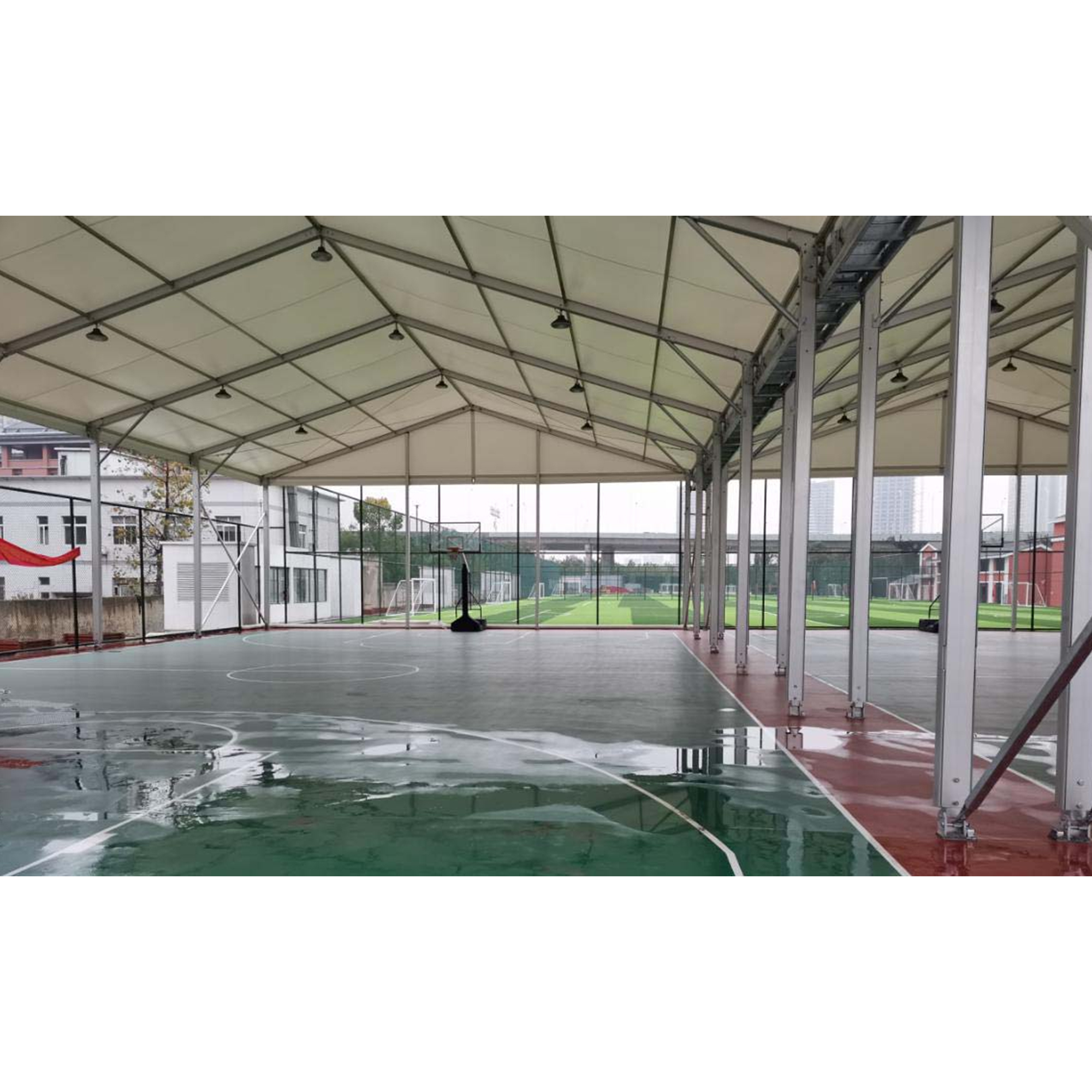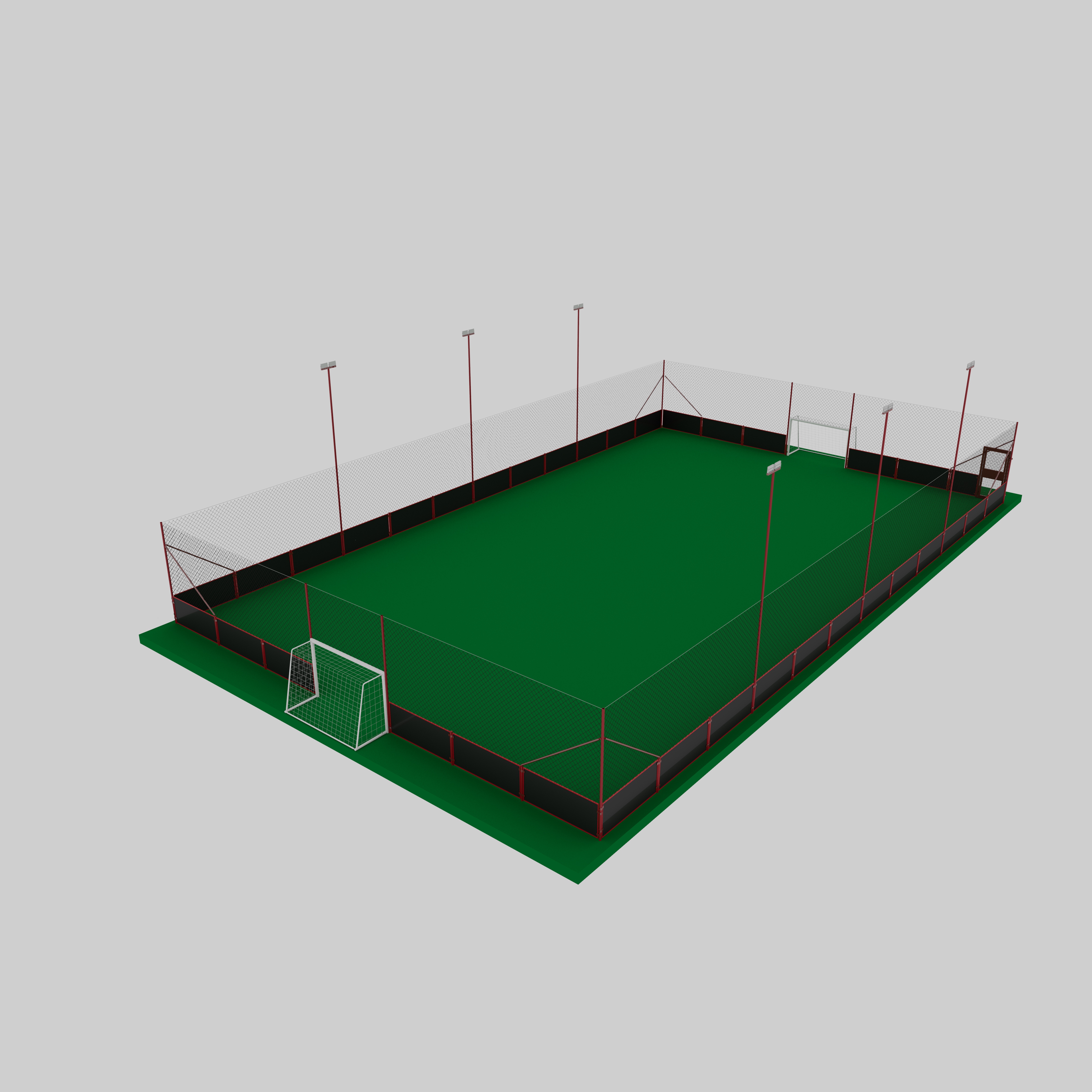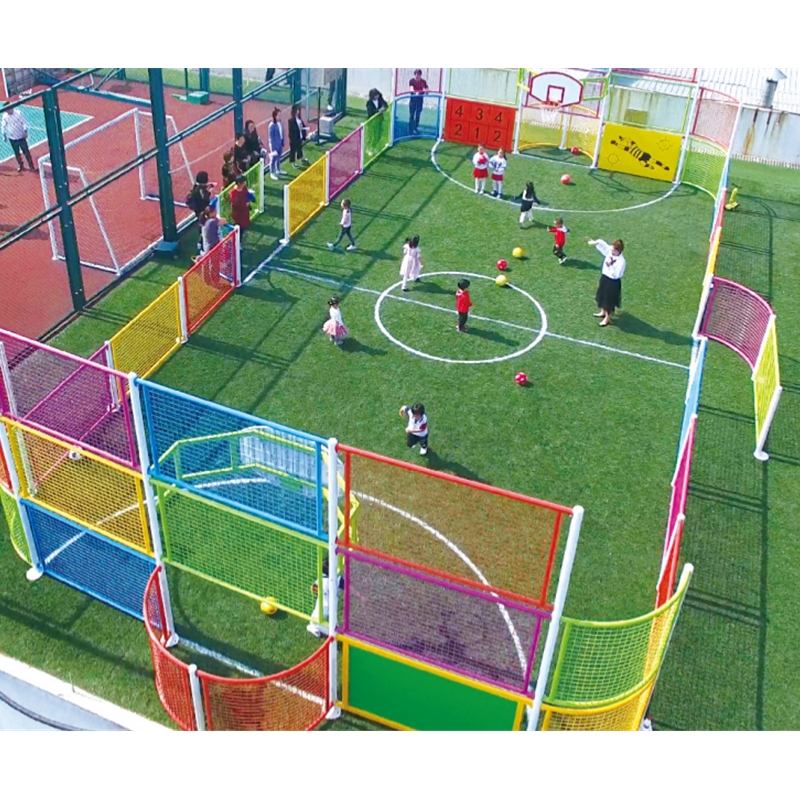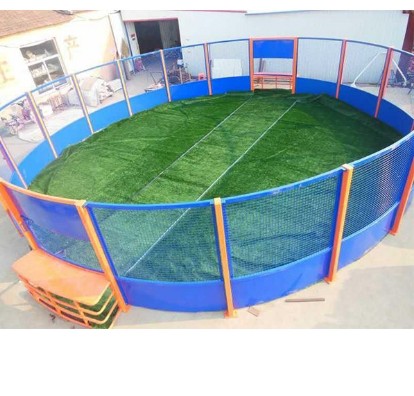“No matter what life throws at me now, I know I can get through it.”
Amanda Sobhy returned to competition this season, ending her long injury nightmare and building momentum with a series of increasingly impressive performances, culminating in being a key part of the U.S. team that reached its second consecutive WSF World Squash Team Championship.
At the World Squash Team Championships, the first world championships where men’s and women’s competitions were played simultaneously, Sobhy spoke to the media team about her American-Egyptian identity, how the process of recovering from an eating disorder and two ruptured Achilles tendons has given her an indestructible mindset, and why she could make more history at the 2028 Olympics in Los Angeles.
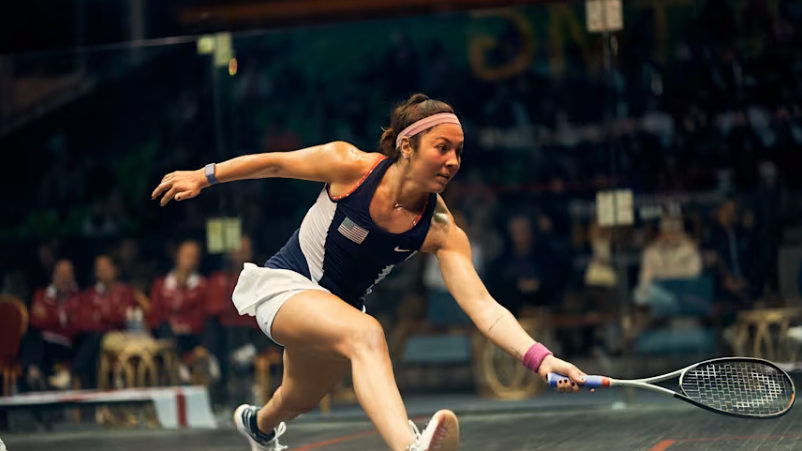
Amanda Sobhy reaches for a ball while on international duty with Team USA.
Amanda Sobhy didn’t grow up hoping to follow in the footsteps of famous U.S. squash players. As an outlier sport on the nation’s vast radar, there simply were none.
Instead, her hero was tennis legend Serena Williams.
“She was just so powerful and fierce, and power was my thing as well,” Sobhy told Olympics.com at the 2024 World Teams Championships in Hong Kong, being shown live on Olympics.com.
“And she just did her thing. She was an intense competitor and that was something I really aspired to be.”
Adopting this mentality, Sobhy became the USA’s first squash world junior champion in 2010.
After turning professional, she made more history as the first U.S. player to reach the top five of the Professional Squash Association (PSA) rankings, in 2021.
Sobhy did, however, have a squash mentor closer to home.
Her father represented the national team of Egypt, a country where squash enjoys status as a major sport. The North African nation has produced a seemingly never-ending conveyor belt of squash champions over the past three decades.
It wasn’t long before Sobhy started playing and excelled.
Despite learning her trade in country clubs in the U.S., Sobhy’s Egyptian roots meant she wasn’t intimidated by their players’ reputations.
“Our father would take us over to Egypt every summer for five weeks and I grew up playing against the Egyptians at one of the original sporting clubs called Heliopolis, which is where men’s world number one Ali Farag and former champion Ramy Ashour played. So I grew up watching them practise,” she continued.
“I am Egyptian by blood and I’m an Egyptian citizen too so I understand the style of play. My style is a little bit of a hybrid of both the Egyptian style and the structured Western style.”
Disaster strikes twice for Amanda Sobhy
This unique style combined with a strong self-belief saw Sobhy enjoy a meteoric rise in squash’s women’s world rankings.
In 2017, she was playing the best squash of her career when she was dealt a devastating blow.
Playing at a tournament in Colombia, she ruptured the Achilles tendon in her left leg.
After 10 months of gruelling rehabilitation, she returned, intent on making up for lost time. A fourth U.S. National title followed later that year and a career-high world ranking of three.
Sobhy continued this great form over the next few seasons and arrived at the 2023 Hong Kong Open in confident mood before disaster struck again.
After pushing off the back wall to retrieve a ball in the final, she ruptured the Achilles tendon in her right leg.
“I knew right away what it was. And the shock of it is probably the toughest part to wrap my head around. I never expected such a serious injury to happen again in my career,” Sobhy admitted.
“My initial thoughts were: What did I do to deserve this? Why is this happening to me? I’m a good person. I work hard.”
After taking some time to process her latest setback, Sobhy knew that the only way to get through this was to change her outlook.
Self-pity and anger were replaced by a resolve to return as an even better squash player.
“I was able to flip the script and look at it as a positive. I didn’t get to do the rehab as well as I would have liked the first time around, and now I have the opportunity to do it again. So I would come back better,” she said.
“I can always find meaning out of any negative situation. I decided to take whatever positives I could out of this experience and not let it destroy my career. I wanted to prove to myself that I could come back not once, but I can do it twice.
“It was easier in a sense the second time because I knew what to expect and I could take the lessons learned from the first time around and apply it to this rehab process. But at the same time, it was harder mentally because I knew how gruelling and long that rehab process is. But I’m just very proud of myself for coming back and how I tackled that journey.”
A testament to her hard work lies in the good form she has enjoyed since her latest return to the court in September this year.
“The toolbox of experiences I can call upon whenever I’m having a tough time is huge. There is nothing tougher than what I’ve just been through,” she said.
“It’s just forced me to trust myself so much more. No matter what life throws at me now, I know I can get through it. It’s made me so much stronger in the process. It’s made me learn to trust myself way more, so when I’m in a difficult point in a match and feel fatigued, I can draw upon the things I went through in the last year with my injury and use that strength to fuel me.”
Squash is becoming popular all over the world
From a niche sport to an Olympic sport, the sport is accelerating its break-out in social media and the real world. Between leisure and entertainment in the city and competition on the court, much new attention has been focused on squash.
Until the early 20th century, squash was played only in schools. It was not until 1907 that the United States established the first specialized squash federation and established rules for it. In the same year, the British Tennis and Racquet Sports Federation established a squash sub-committee, which was the precursor to the British Squash Federation, which was formed in 1928. After commercial players began to build public racquetball courts in 1950, the sport quickly gained popularity, and probably in the early 1880s, the number of people playing the game increased dramatically. Until then, the sport was divided into amateur and professional groups. A professional group of athletes is usually a player trained in a specialized club.
Today, squash is played in 140 countries. Of these, 118 countries form the World Squash Federation. In 1998, squash was first included in the 13th Asian Games in Bangkok. It is now one of the events of the World Sports Congress, African Games, Pan American Games and Commonwealth Games.
Our company manufactures complete set of squash court facilities.
For more information about the squash equipment and catalog details, please contact:
Shenzhen LDK Industrial Co., Ltd
[email protected]
www.ldkchina.com
Publisher:
Post time: Jan-09-2025

